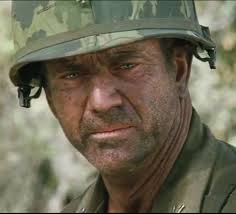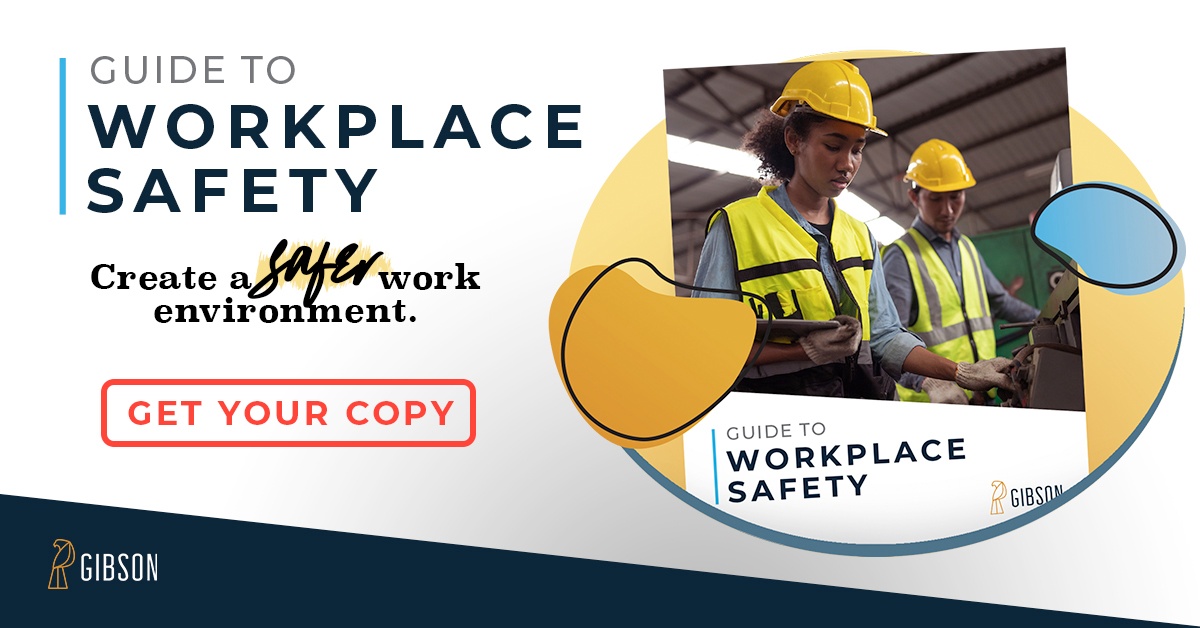 By now it’s certainly no surprise to anyone who reads my blog that I am passionate about leadership. It fascinates and inspires me and I spend a great deal of time and effort trying to learn everything I can about the subject. I am blessed to have the opportunity to lead a great organization that is striving to be better each day.
By now it’s certainly no surprise to anyone who reads my blog that I am passionate about leadership. It fascinates and inspires me and I spend a great deal of time and effort trying to learn everything I can about the subject. I am blessed to have the opportunity to lead a great organization that is striving to be better each day.
We have an outstanding group of people that are the best in every way. So, I want to be a student of the game: to learn and constantly be striving to master the craft of leadership. Frankly it’s part of the responsibility of my role to give these folks my very best.
One of the amazing things about the age we live in is the abundance of information available on any subject. In a sea of information about leadership, where do you find meaning and resonance? For our Director of Operations, Jerry Scott, and I, we like the movies!
“I love films with leadership themes. Movies have a remarkable ability to take you on a journey,” said Jerry. “They allow you to see, feel and experience leadership, both good and bad, in a very powerful and visceral way. You get to live it for a brief time!”
Jerry and I both love the 2002 film We Were Soldiers with Mel Gibson. “It has powerful leadership themes,” said Jerry. He set the stage from a movie review website:
In a football field-sized clearing in Vietnam called landing zone X-Ray, Lt. Colonel Hal Moore and 400 young troopers from the elite newly formed American 7th "Air" Cavalry land in the “Valley of Death”. The soldiers quickly learn their location is actually the base camp for a veteran North Vietnamese Army division of 4,000 men. The ensuing battle was one of the most savage in U.S. history. Based on the book We Were Soldiers Once... And Young, the film is a tribute to the nobility of those men under fire, their common acts of uncommon valor, and their loyalty to and love for one another.
There is a great scene early in the film during training where Lt. Colonel Moore illustrates the difference in leadership style between two squad leaders. The first squad leader is screaming at his men – berating them really – with how they were going to be the best squad or else. The second squad leader notices a trooper limping. He has every squad member take off their boots, and starting with himself, inspects the feet of a teammate looking for blisters. He tells them to check and treat each other’s feet.
“As Colonel Moore points out, that is an example of a good leader!” exclaimed Jerry.
I asked Jerry if he had a favorite scene and he didn’t hesitate: “After training, when the men are gathered in a final ceremony before deploying to Vietnam, Colonel Moore gives a speech that, for me, captures the pure essence of leadership.”
"Look around you, in the 7th Cavalry, we got a Captain from the Ukraine, another from Puerto Rico, we got Japanese, Chinese, Blacks, Hispanics, Cherokee Indian, Jews and Gentiles - all American. Now here in the States some men in this unit may experience discrimination because of race or creed. But for you and me now, all that is gone. We're moving into the Valley of the Shadow of Death, where you will watch the back of the man next to you, as he will watch yours, and you won't care what color he is or by what name he calls God.
Let us understand the situation. We're goin’ into battle against a tough and determined enemy. I can't promise you that I will bring you all home alive, but this I swear: When we go into battle, I will be the first one to set foot on the field, and I will be the last to step off. And I will leave no one behind. Dead, or alive, we all come home together. So help me God."
Then, in case his meaning about leadership isn’t clear enough he gave this coaching to his platoon leaders.
“To follow your instincts and to inspire your men, by your example, you have to be with 'em. Where the metal meets the meat.”
The rest of the movie shows Colonel Moore putting this into action. He is the first on the field and the last off. He refuses an order to leave in the middle of the fight when headquarters wants to prevent the public relations problem that losing a full bird Colonel in a massacre would present. He leads from the front, where the metal meets the meat, throughout the entire engagement.
Every time I watch this film I am inspired by the example it presents and find my stomach in knots and my eyes a little red. That is something you can’t experience by reading a blog or a book or by attending a seminar.
What’s the Risk?
The risk is to take the awesome responsibility of leadership lightly. Business isn’t war. But my teammates are depending on me and all our leaders to help them support their families, educate their children, and to have the good things in life that we all cherish. From experience, it’s easy for leaders to get caught up in our own wants and needs and forget that most of our abilities and accomplishments are only as good as the trust we’ve built (or not) with our team. They have to know that they can always count us to bring them home.
Do you have favorite films with leadership themes? I would love to have you share some.





